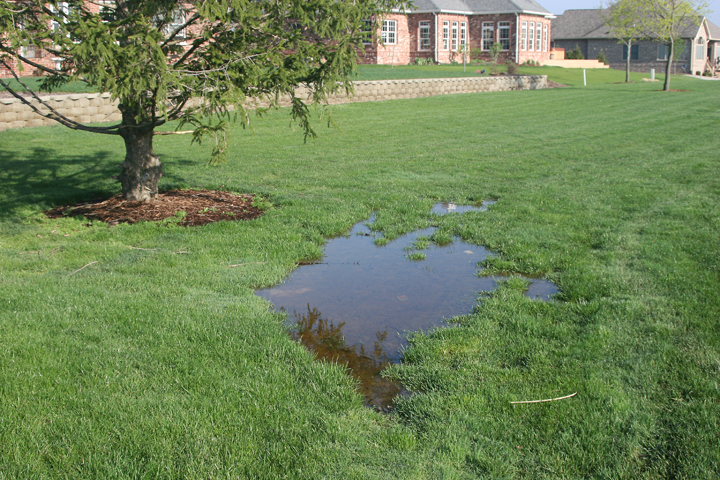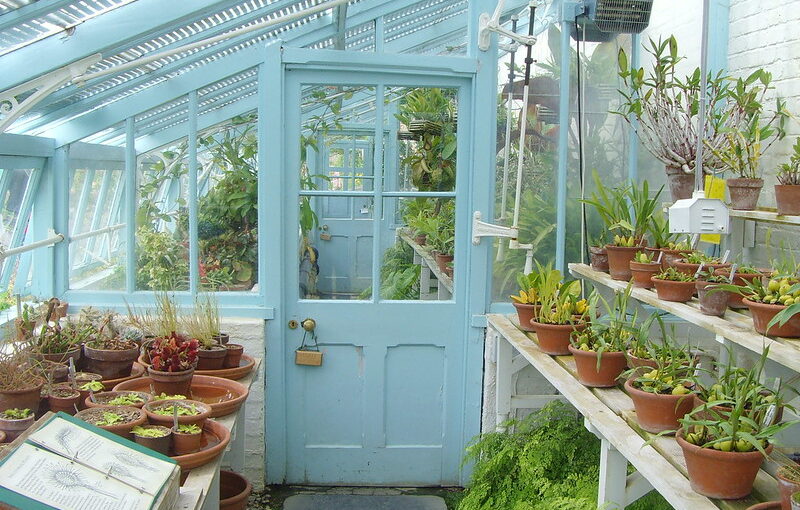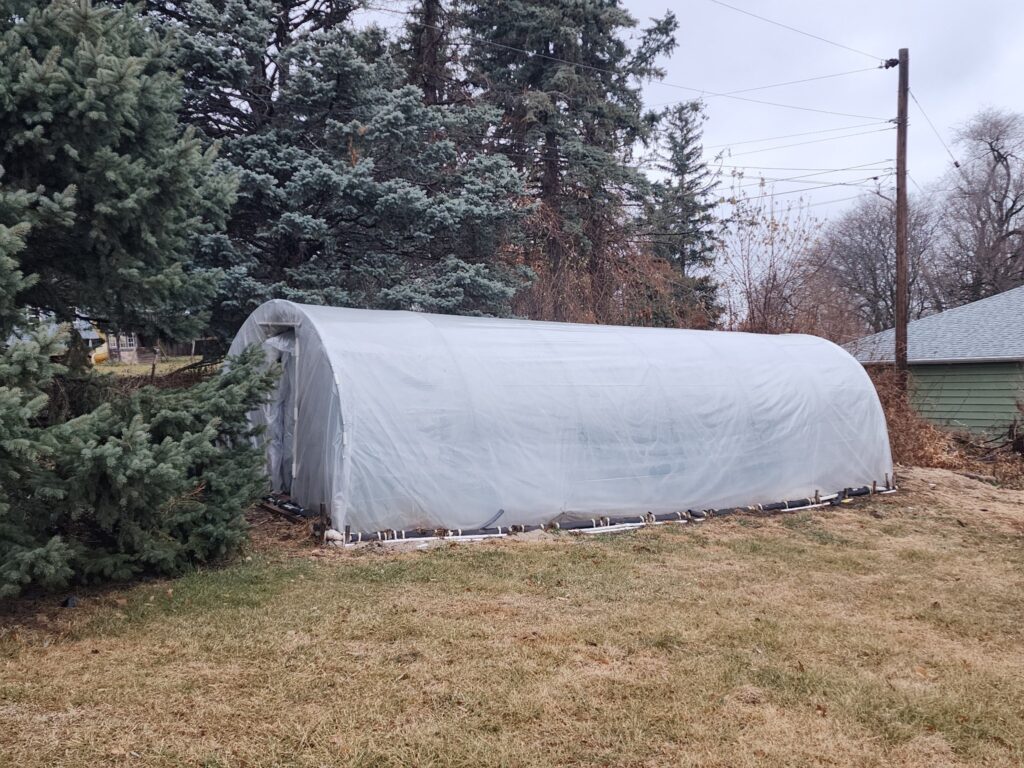If you have fruit trees in your garden, then you may already be aware of the importance of winter cold for the development of blooms and fruit. Some fruit varieties like apples, cherries, peaches, and blueberries all need a certain number of hours of temperatures below 45 F to prepare the trees to bloom in the spring. Surprisingly, other trees you might not think of as fruit trees also need a period of cold conditions to produce a good crop, including pecans and olives. Many other garden plants also require cold periods to provide the best blooms, such as lilac and hydrangea. I miss seeing lilacs here in the Southeast because we just don’t get cold enough to meet their chill requirements, although new varieties that can flourish in warmer conditions are being developed.

Why do some plants need winter cold?
The cold conditions over winter cause the plants to go into dormancy. That helps protect the plants from harsh conditions over the winter. Once the plants experience the number of chill hours required for that plant, they are ready to begin the blooming process once the temperature warms up. If the fruit trees do not get enough hours of cold over the winter, they do not bloom well in the spring and blossoms may be delayed or bloom at irregular times or not bloom at all. Leaf emergence may also be affected. The potential yield of fruit is reduced due to the lack of a strong uniform bloom.
Scientists count the number of hours a tree or orchard is below 45 F and measure the accumulation of those hours as “chill hours.” Some publications call them “chilling hours” instead. They are usually accumulated starting around October 1 and go through the winter into the spring bloom period when bud break occurs. An alternate method for calculation only counts the hours between 45 and 32 F. Chill hours are different from cold hardiness, which is the lowest temperature that a tree or plant can tolerate without dying. Recent research has allowed scientists to develop more sophisticated methods that dynamically calculate “chill portions”—these calculators take into account variations in temperature over time and can reset the calculation if cold conditions return after a warm spell.

Picking the right fruit variety for your garden
Most types of fruit other than citrus and each variety has a preferred minimum number of chill hours for that variety to set a good fruit crop. If you live in the Southeast, you may be able to plant varieties of blueberries that require only a few hundred chill hours, where in the north you may be able to plant a more cold-hardy variety that requires over 1,000 chill hours for the best bloom. Because of the cold outbreak we had this December, some of our blueberry varieties are already blooming this year in the warmer weather we have had in January.
If you are planning to plant a fruit tree in your garden, you will want to pick a variety that matches the expected number of chill hours for your area. If you plant a variety that expects a lot of chill hours but your location gets only half that amount, you will not get very good yields from your trees since the plants won’t break dormancy correctly. But if you pick a variety that requires a low number of chill hours for your area, then the tree will be ready to bloom as soon as the chill hour requirement is met, which could put them at risk for a frost if they bloom too soon. So picking the right variety for your area is crucial! Most nurseries can provide the recommended number of chill hours for the fruit variety you pick.
In the future, as temperatures get warmer under the influence of greenhouse warming, most areas will see a decrease in the average accumulation of chill hours over time. We are seeing this at my weather network stations in Georgia and in many other states as well. If you plant something that has a long lifetime, you may want to plant varieties that require fewer chill hours than your current climatological average to make sure they will thrive in a warmer climate in the future.
Where can you find information about chill hours for your location?
For average numbers of chill hours for the United States, check out the map below. Keep in mind that your local microclimate will affect the number of chill hours your garden will receive.

Here are some sources of current chill hours for this year:
The Georgia Weather Network has a tabulation of stations with current accumulations since October 1 at https://weather.uga.edu/aemn/cgi-bin/AEMN.pl?site=AAAA&report=ci. Many other state agricultural weather networks provide similar information. You can find a list of many of them listed under the Partners tab at the National Mesonet Program website.
The Midwestern Regional Climate Center has a current map for the contiguous U.S. similar to the at https://mrcc.purdue.edu/VIP/indexChillHours.html. An interactive version based on GIS maps is at https://mrcc.purdue.edu/gismaps/vipstndata.htm.
AgroClimate has a chill hour calculator for Florida and Georgia at https://agroclimate.org/tools/Chill-Hours-Calculator/ which allows you to choose the chill hour model and the time period of interest.

Don’t forget to check out our archives!
If you are interested in this topic or have other questions about gardens and gardening, we encourage you to explore our archive of blog posts to see if you can find the answer to your questions. Here are a few of the previous stories about winter chill you might find interesting:
Chill hours and bud break in Christmas trees:
https://gardenprofessors.com/and-now-for-something-completely-different/
https://gardenprofessors.com/the-walking-dead-christmas-tree-edition/
Chill hours and lack of flowering in landscape plants like lilac:
https://gardenprofessors.com/why-doesnt-my-plant-flower-part-1/




/cdn.vox-cdn.com/uploads/chorus_image/image/58423213/Screen_Shot_2017_12_14_at_4.58.18_PM.0.png)




